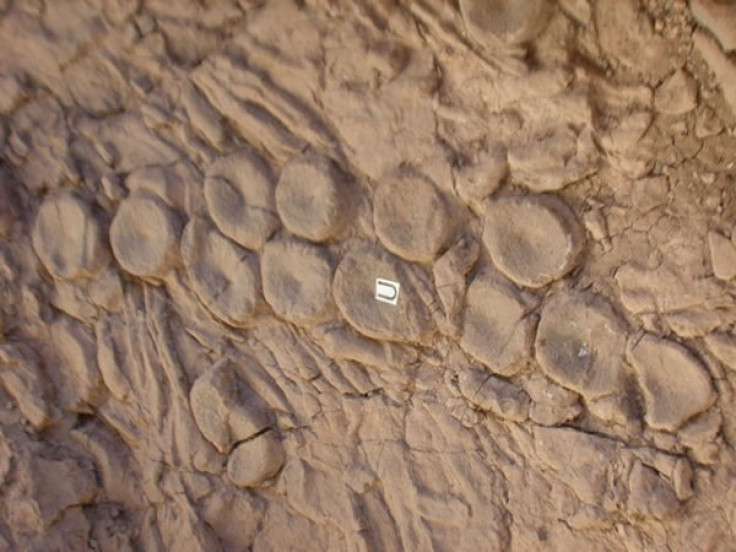Theory on Pre-Historic Kraken-Like Leviathan Eating Shonisaurs Raises Skepticism

It was thought that in the world of pre-historic oceans, the sniggle-toothed ichthyosaur, an air-breathing sea monster larger than a school bus, was the king, ruling at the top of the Triassic Period ocean food chain. But it was not. A paleontologist believes that there was an even larger leviathan, similar to the fabled Kraken, which used to feed on ichthyosaurs.
Mark McMenamin of the Mount Holyoke College examined a site in Nevada's Berlin-Ichthyosaur State Park, the home of the remains of nine 45-foot (14-meter) ichthyosaurs that come under the species called Shonisaurus popularis, and formulated the theory. What makes the finding even more mysterious is the manner in which the carcasses were arranged. It seemed that the bones were deliberately arranged.
Charles Camp puzzled over these fossils in the 1950s, McMenamin said, in a press release from the Geological Society of America. In his papers he keeps referring to how peculiar this site is. We agree, it is peculiar.
Camp, a U.C. Berkeley professor, interpreted that the ichthyosaurs probably died because of an accidental stranding or from a toxic plankton bloom, which requires shallow water. But recent examinations of the region have suggested it was a deep water environment, which makes the neatly arranged fossils even stranger.
Something Odd was Happening
McMenamin said he was aware that something very odd was going on there. When he arrived at the park and started examining the fossils, he was struck by their weirdness.
It became very clear that something very odd was going on there, said McMenamin. It was a very odd configuration of bones.
He found out that the etching on the bones of the shonisaurs suggested they were not all killed and buried at the same time. They also seemed to be purposefully rearranged. This is where the thought of a particular modern predator, known for this type of intelligent manipulation of bones and leaving them in their dens, came to McMenamin's mind.
An Octopus?
Modern octopus will do this, McMenamin said. I think that these things were captured by the kraken and taken to the midden and the cephalopod would take them apart.
McMenamin explained that in the fossil bed, some of the shonisaurs' bones were arranged in curious linear patterns with almost geometric regularity.
We think that this cephalopod in the Triassic was doing the same thing, McMenamin said. It was either drowning them or breaking their necks.
What made it even creepier was that the arranged vertebrae resembled the pattern of sucker discs on a cephalopod tentacle. In other words, the vertebral disc pavement seen at the park may be the earliest known self portrait.
However, skeptics have criticized McMenamin's theory. According to Christa Stratton, spokesman for the GSA, it's the perfect Triassic crime because octopuses are mostly soft-bodied and don't fossilize well. Only their beaks, or mouth parts, are hard and that's why there is no hard evidence for the murderous Kraken theory.
Dr. PZ Myers, a biologist and associate professor at the University of Minnesota, Morris, said in a blog post on Monday that McMenamin is exceptionally imaginative.
This fossil bed is being over-interpreted as a trace fossil, with the bones arranged by intent, by an intelligent cephalopod, which they have not seen. Furthermore, a line of discs is being seen as a picture of a cephalopod tentacle, classic pareidolia... This is a whole series of tenuous and unlikely speculations stacked together to make an ultimately ridiculous hypothesis, Myers wrote.
© Copyright IBTimes 2024. All rights reserved.












